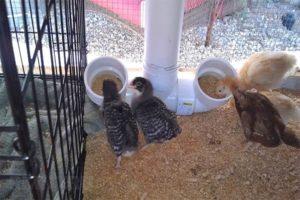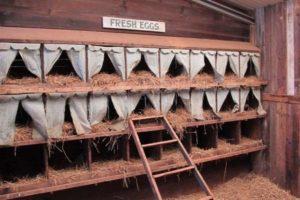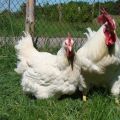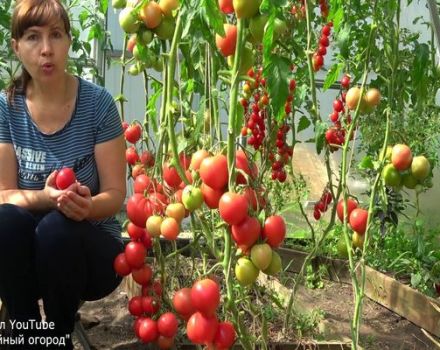For what reasons do chickens peck at each other's feathers, what to do and what birds lack
The reasons why chickens peck at each other's feathers are different. The device of a comfortable, clean house for living, sufficient lighting and a comfortable temperature will help to avoid this unpleasant phenomenon. Such actions may be the result of a parasite infestation. Seasonal moulting makes the chicken want to nibble on its neighbor. It is important to identify in a timely manner what causes this behavior in birds and eliminate negative impacts.
Content
Why chickens peck each other's feathers
This behavior in poultry is called pterophagy. The desire to pluck feathers from other chickens may appear when the following conditions occur:
- Molting.
- Incorrect conditions of detention.
- Unbalanced feeding ration.
- Stress.
- The emergence of new individuals in the flock.
- Some other influences.
These moments deserve a more detailed description..
Diagnostics and elimination of causes
Let us dwell on the main causes of the phenomenon.
Nutrition
An incorrectly chosen chicken feeding ration, a lack of the main nutritional components of poultry feed can be the reason for pulling out feathers. If your diet lacks protein, you can replenish it from the feathers that contain it. The use of only grain feed causes a lack of amino acids containing sulfur, and vitamin deficiency appears.
The content of mycotoxins in feed causes diarrhea and inflammation of the anus. When chickens eat feathers, they make up for the lack of micronutrients in their food.
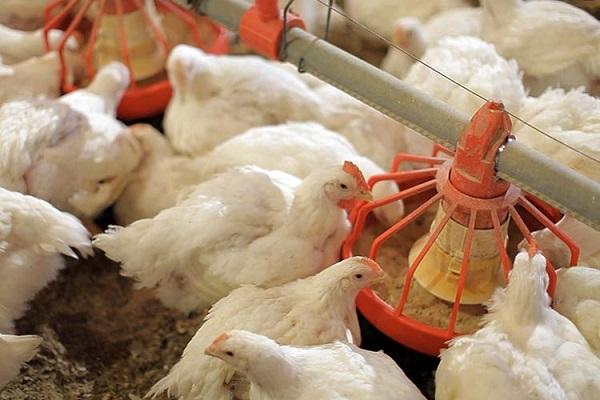
An excess of protein is also undesirable. It leads to a violation of the acid-base balance. In this case, an incorrect exchange of phosphorus and potassium occurs, vitamin A is destroyed.
Chicken nutrition problems are solved as follows:
- the protein content is increased by the addition of meat and bone and fish meal, cottage cheese, worms;
- add 0.1 grams of sulfur for each bird during molting;
- make 15 grams of methionine per 10 kilograms of feed;
- hens are given 0.5 grams of sodium chloride;
- from minerals, eggshells, shell rock, pebbles are introduced into the feed.
Only by providing rational feeding, you can get rid of pterophagy.
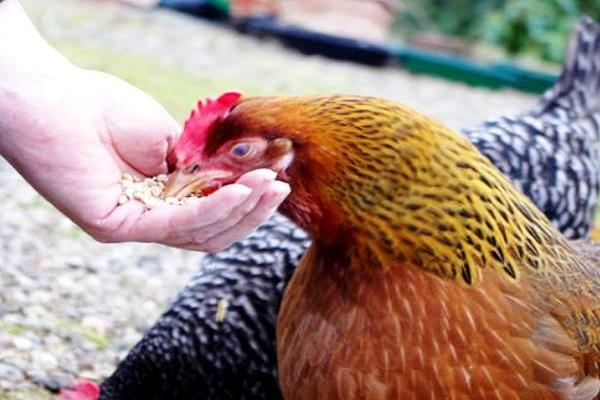
Lighting
The number of eggs laid depends on the length of daylight hours. But daylight cannot be increased indefinitely. This disorientates the chickens, makes them tired, irritated and, as a result, stressful and aggressive. Also, too bright light in the hen house is not allowed.
For comfortable content, you need the following conditions:
- the optimal duration of the light period is 14 hours;
- arrange nests in secluded corners;
- under artificial lighting, the power of the lamps should not exceed 40 watts per 4 square meters of area.
Such conditions will be close to natural and will create comfort for poultry.
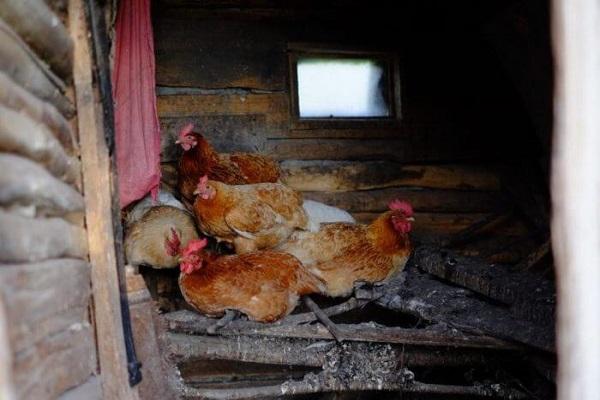
Boring content
With a large number of individuals in a limited space, fights always take place between them. This is especially often the case with an insufficient number of feeders. Fighting in close quarters for food, chickens will peck at each other, pulling out feathers.
Remember that crowded content causes stress, illness, weight loss, and decreased egg production.
Even if the chickens are in the hen house only at night or in bad weather, for comfort it is necessary to place no more than 5 adults per 1 square meter. Chickens under one month old can be kept together for 20 pieces, up to 3 months - 15, from 3 to 6 months - 9 hens. These birds do not like large flocks, a group of 20 units is the most optimal.
When installing a drinker, its length is made at the rate of 2 centimeters per head, and for a feeder - 10. In winter, you need to walk chickens in a pen or fenced yard.
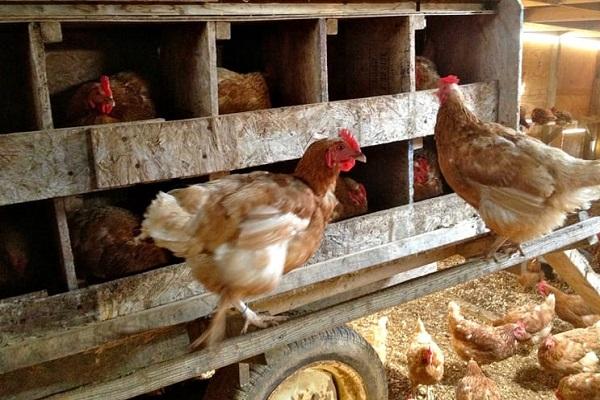
Microclimate in the chicken coop
Indoor air conditions, temperature and humidity affect chickens' mood and behavior. The dry atmosphere with dust particles dries out the feather, making it brittle. The body secretes moisture. The smell of the secret attracts the attention of the neighbors, causes them an attack of cannibalism.
The uncleaned room where the bird is kept, the lack of clean bedding, dirt and the smell of ammonia irritate the chickens and cause them aggression. They begin to rip out feathers and peck at each other, which aggravates the situation.
To create a favorable atmosphere in the chicken coop, it must be ventilated, which cleans the air and prevents dampness. It is necessary to constantly change the litter, monitor its cleanliness, and avoid getting wet. Dry hot air is humidified by spraying water in the room from a hose in a fine stream.
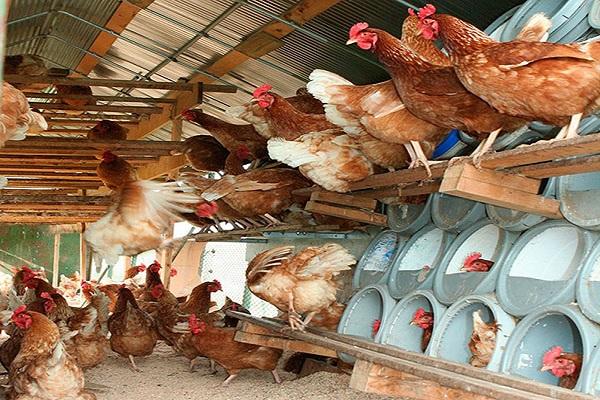
Molting
Molting is a natural plumage change process. It takes place in the fall, and lasts 4-5 months. At this time, chickens do not lay eggs, they have an imbalance in the body, there is a deficiency of nutrients. The behavior of the chicken changes, there is aggression and a desire to rip out feathers from relatives.
To prevent this from happening, they provide adequate nutrition for the bird, add protein and vitamins to the feed, arrange walks and free accommodation. It is useful to use drugs such as methionine (3 grams per 1 kilogram of feed), fish oil (100 grams per kilogram of food). Preparations Vitvod, Chiktonik strengthen the nervous and immune systems, include vitamins A, D3, E. They are used in injections or added to food.
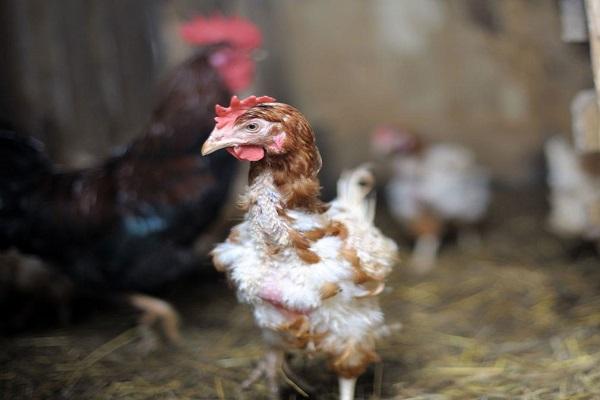
Arrival in the herd of new individuals
When replanting new chickens into an already established community, socialization of newcomers is required. This is not an easy process, as the old-timers are not always hospitable. They attack the new arrivals. Most often, one, the most cocky individual starts, setting an example for others.
In this case, the flock is closely watched. The most aggressive chicken is put into a cage, allowing new members to get comfortable.
It is important not to exceed the size of the community by more than 20-30 pieces, to provide them with food and useful space.
Stress
Stress can be caused by:
- Increased temperature in the chicken coop.
- Changing the diet of feeding.
- Transfer to another herd or premises.
- The presence of strangers.
These factors are the reason for the appearance of aggression, chickens begin to pinch each other's feathers. It is important not to disrupt the usual way of life of birds, to follow the rules of their cultivation.
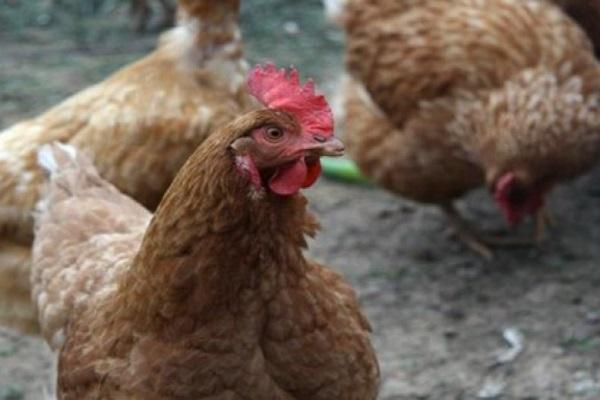
Ectoparasites
Common parasites for chickens are:
- ticks;
- lice;
- feather eaters.
They suck blood, irritate the skin.Chickens become restless, aggressive, itch, pluck out the feathers of neighboring individuals, peck them until they bleed. To avoid infection with parasites, perform the following actions:
- timely clean the chicken coop from dirt, droppings, contaminated litter;
- periodically spray walls and floors with disinfectants;
- chickens are regularly examined and, when pests appear, they are treated.
The sick bird is quarantined.

What to do with an injured chicken
Birds affected by pterophagy are placed in a separate room. Minor lesions are treated with a solution of hydrogen peroxide or furacilin. Large wounds are smeared with brilliant green, ointments: Syntomycin, Tetracycline, Levomekol.
Improve nutrition by increasing the dose of protein and vitamins. The specimen is returned after complete recovery. At the same time, the behavior of chickens in the flock is monitored so that the attacks do not recur.
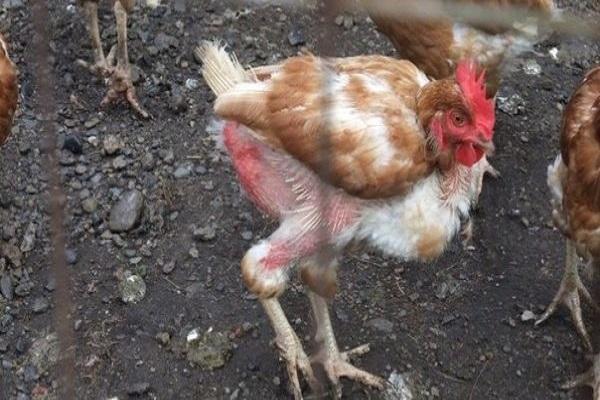
Preventive measures
It is possible to avoid such a phenomenon as pterophagy by organizing the conditions for keeping chickens, observing sanitary standards, proper diet, timely removal of sick and aggressive individuals.
